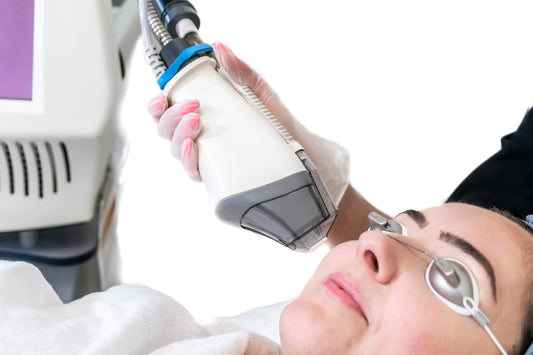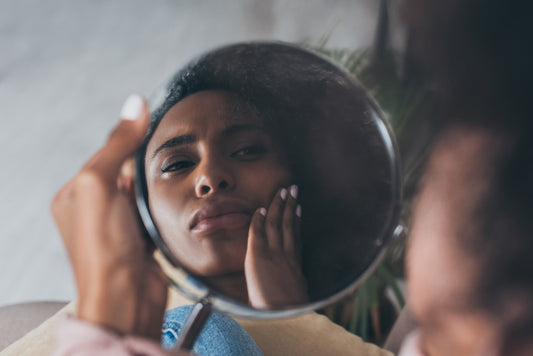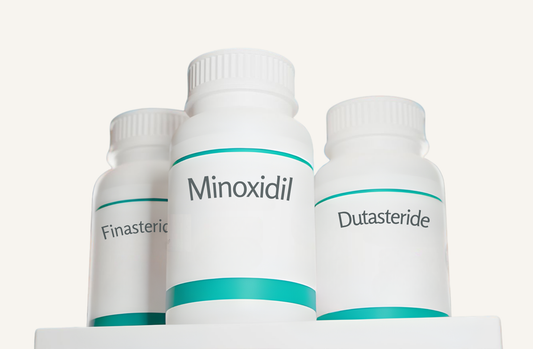Too much exposure to those glorious, beautiful sun rays can wreak havoc on your skin, causing premature aging, sun spots and puts you at risk of developing skin cancer. So, it’s important to develop year-round sun-safe habits so you can enjoy the sun without suffering its damaging effects.
What are the sun’s damaging rays (UVA & UVB)?
The sun radiates two types of UV rays that are destructive for your skin: UVA and UVB rays. UVB rays are damaging when the sun is shining and will make your skin red and burned. UVB are responsible for the DNA damage that leads to skin cancer. UVA rays are the longer rays, which means that they penetrate deeper into your skin and create the most damage (wrinkles, skin cancer, etc.). UVA rays are so strong that they are present all year round (even on a gray, rainy day) and can even penetrate glass, including car windows.

How can I protect myself from sun damage and skin cancer?
- Seek shade when appropriate, remembering that the sun’s rays are strongest
between 10 a.m. and 2 p.m. If your shadow is shorter than you are, seek shade.
- Wear protective clothing, such as a lightweight long-sleeved shirt, pants, a wide brimmed hat, and sunglasses, when possible.
- Generously apply a broad-spectrum, water-resistant sunscreen with an SPF of 30 or higher. Broad-spectrum sunscreen provides protection from both UVA and UVB rays.
- Use sunscreen whenever you are going to be outside, even on cloudy days. Face, neck and arms should receive sunscreen daily.
- Apply enough sunscreen to cover all exposed skin. For adults, this is about an ounce, or enough to fill a shot glass.
- Reapply sunscreen every two hours, or after swimming or sweating.
- Use extra caution near water, snow, and sand, as they reflect the damaging rays of the sun, which can increase your chance of sunburn.
- Avoid tanning beds. Ultraviolet light from tanning beds has been shown by the World Health Organization to cause skin cancer and premature skin aging.
- Consider using a self-tanning product if you want to look tan, but continue to use sunscreen with it.
- Perform regular skin self-exams to detect skin cancer early, when it’s most treatable, and see a board-certified dermatologist if you notice new or suspicious spots on your skin or anything changing, itching or bleeding.




